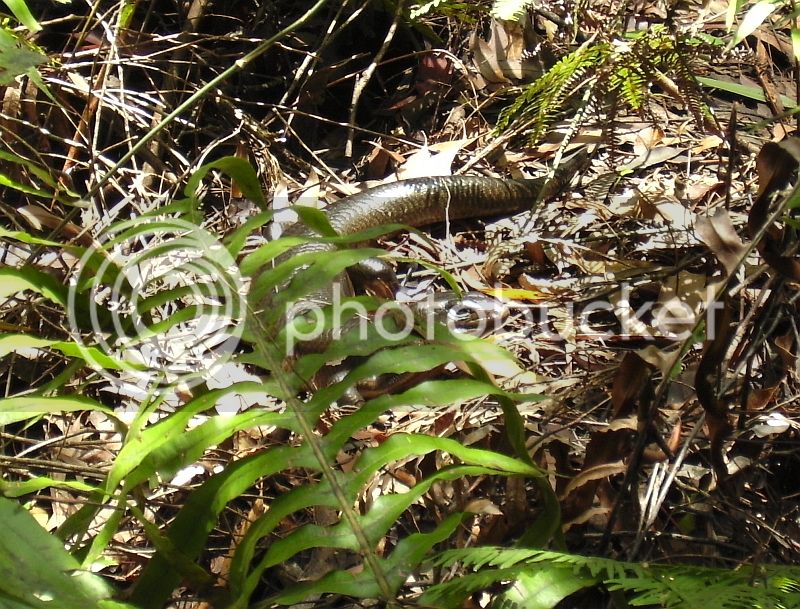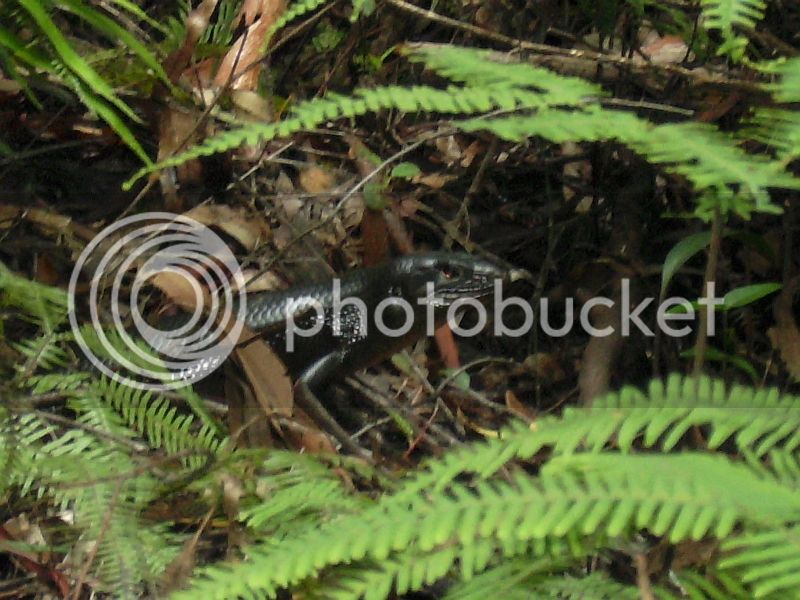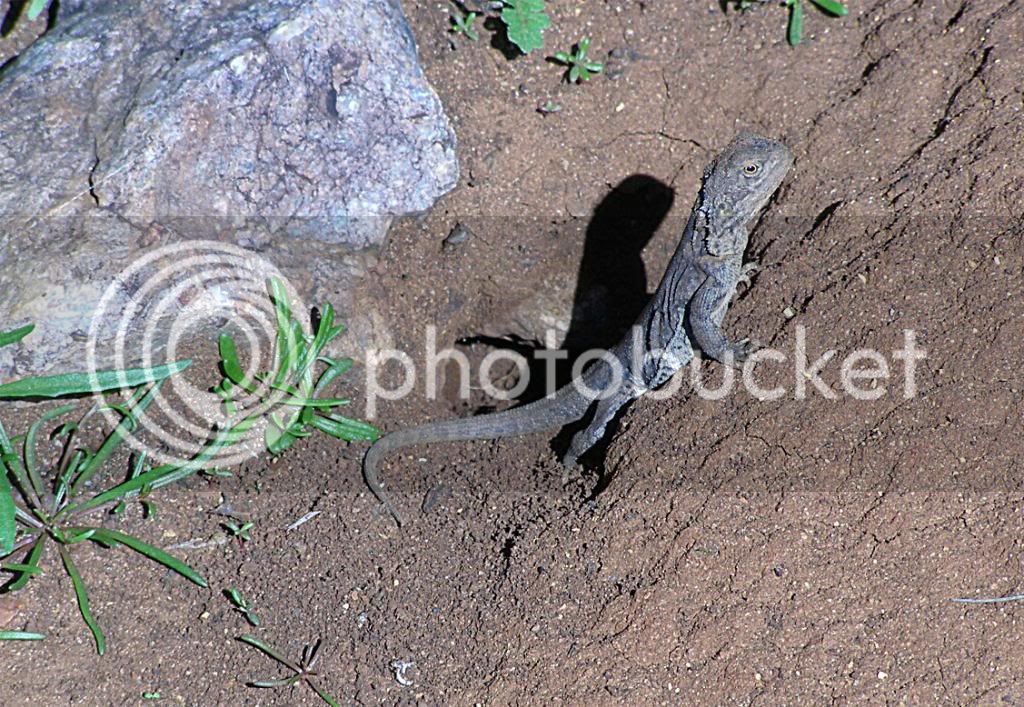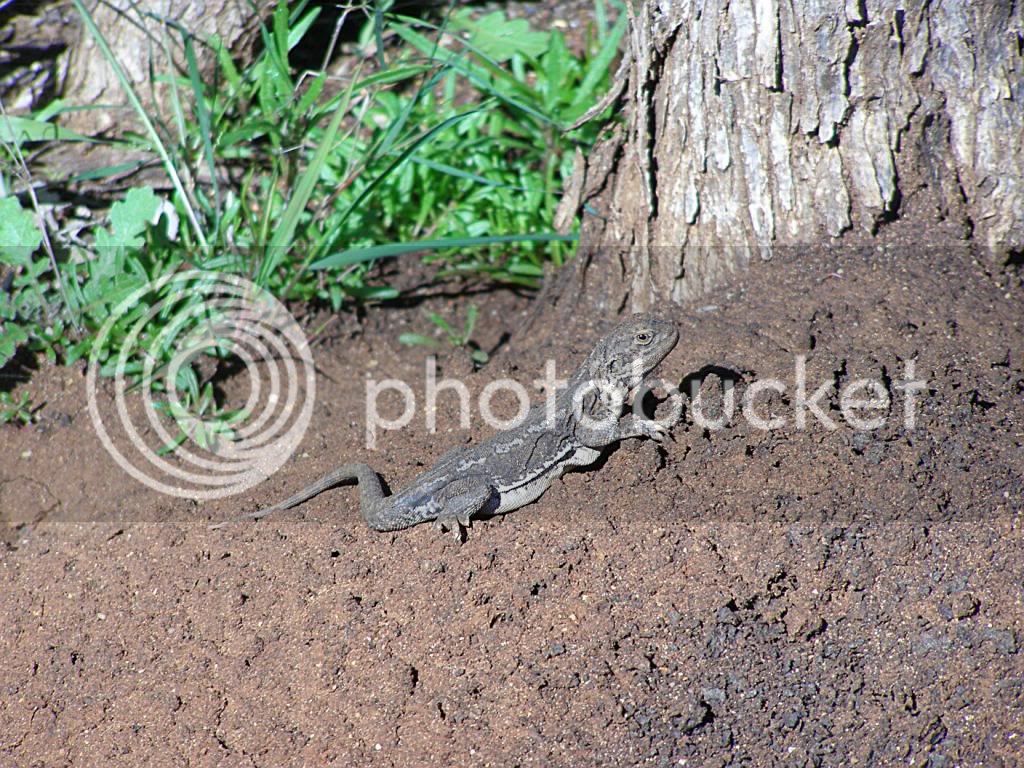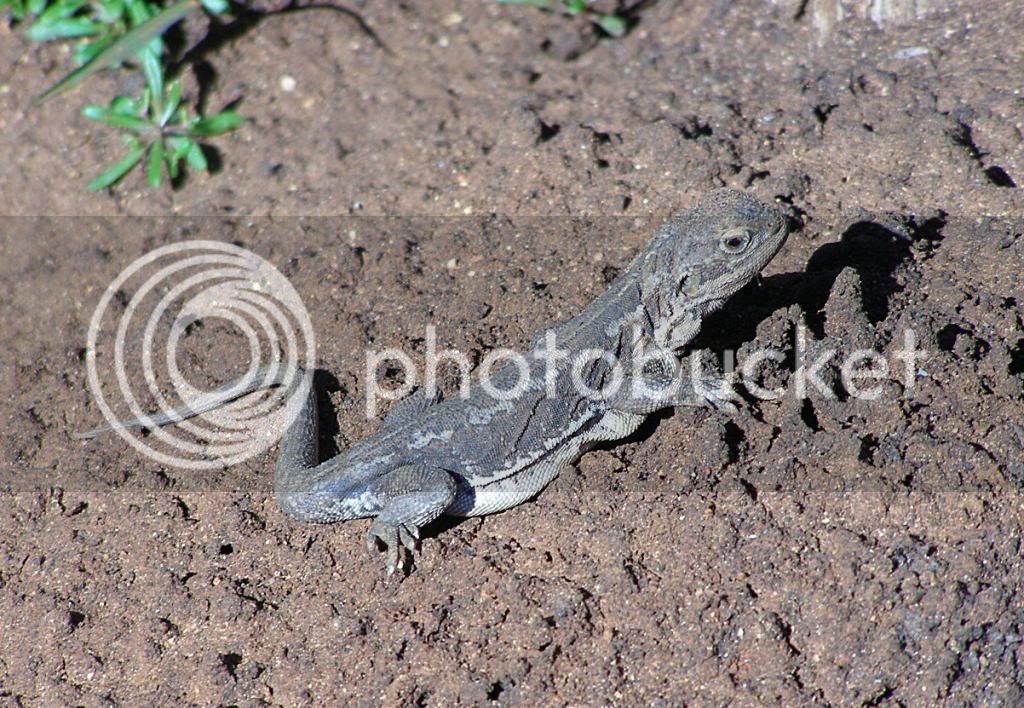The Eastern Water Skink belongs to the genus Eulampres (Sphenomorphus before that). This group currently has 15 members, of which about half have the term “bar-sided” in their common name. A few more have that pattern but are named after people, rather than their appearance. Consequently, the group is sometimes referred to as the “Bar-sided Skinks”. The more acceptable group name, which still is not entirely correct, is “Water Skinks”.
The main issue with common names is there is no decision making body in control and they vary from place to place. The ‘Shingleback’ along the east coast is called a ‘Bogeye’ along much of the western slopes and ranges, the ‘Sleepy Lizard’ in much of South Australia and a ‘Bobtail’ in WA. There are several other names applied, rather more spasmodically, such as ‘Two-headed Lizard’, ‘Pinecone Lizard’, ‘Stumpy –tailed Lizard’ or Stump-tailed Lizard.




